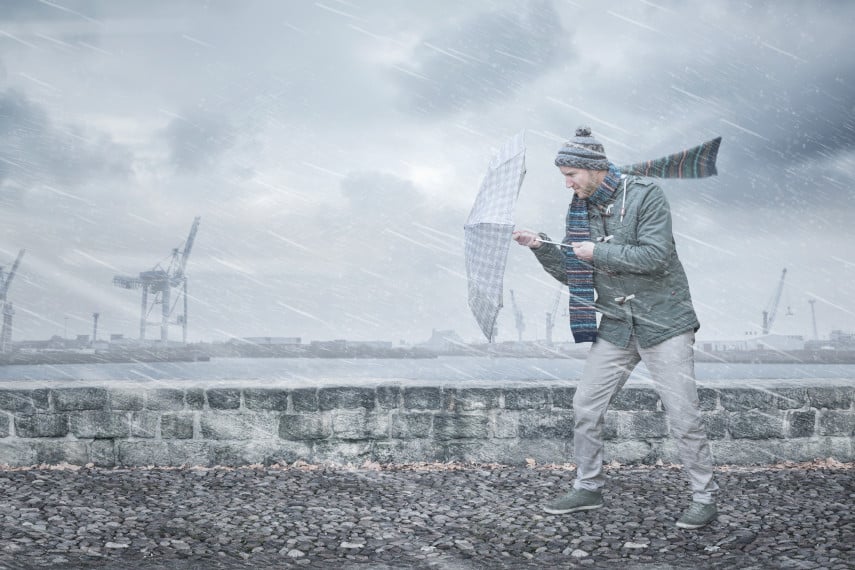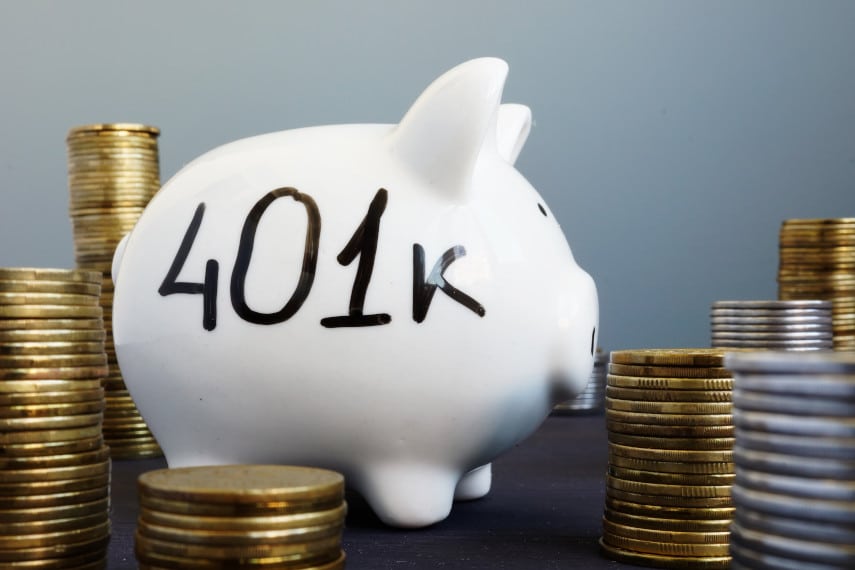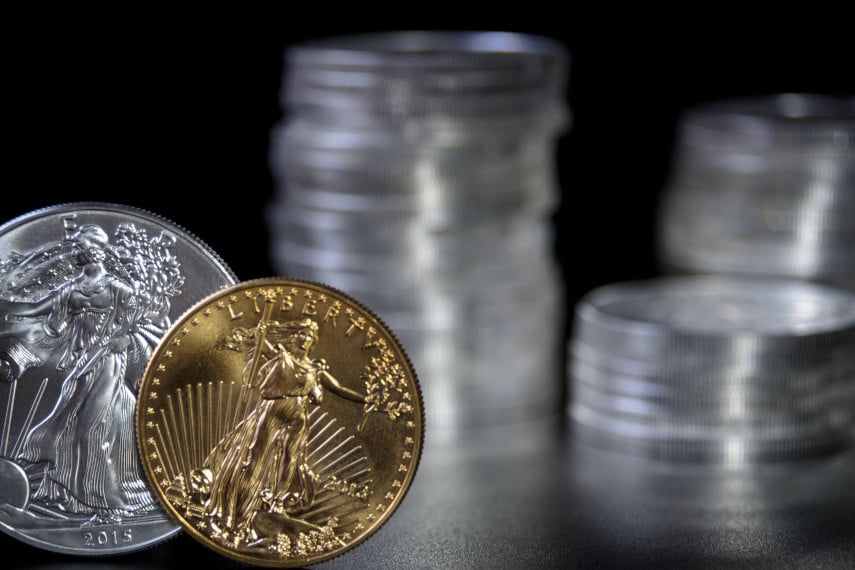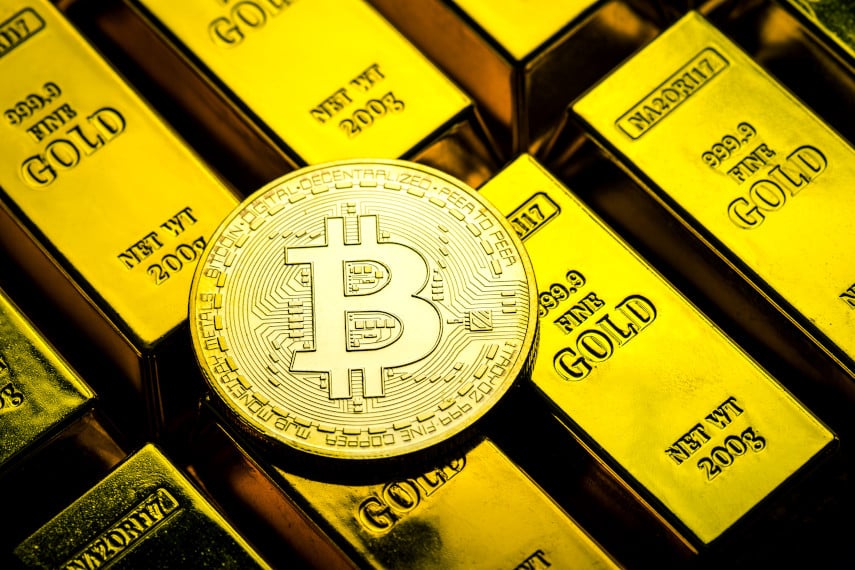
These are interesting and uncertain times for investors, with reams of conflicting data and anecdotal observances about which direction the country and its economy are heading. On the one hand, states are finally reopening after months of shutdowns, business activity seems to be picking up, and everyone expects a quick and V-shaped recovery. On the other hand, numerous small businesses remain on shaky ground, fears of a second wave of COVID-19 are growing, and many US cities are seeing continued protests that have many fearing a national conflict.
Combine that with the fact that we’re in an election year and you have all the makings for some pretty significant changes in the future. Many market observers have noticed the positive effects President Trump has had on the US economy, and they fear the higher taxes and greater regulations that a Biden win in November would bring. And with Republicans and Democrats probably more divided today than they ever have been, there’s a great sense that a Democrat win in November could result in a sea change in American society that would send things over the edge.
With all of this as a backdrop, it’s no wonder that so many investors are taking the time to invest in gold. The more investors fear uncertainty and instability in the economy, they more they rush to take advantage of the stability and wealth protection that gold offers. And here are six risks to the economy that have investors rushing to the safety and stability of gold.
1. Uncertainty of COVID-19 Pandemic
We’re hearing numerous reports of a second wave of coronavirus, particularly in states such as Florida, California, and Arizona that weren’t too badly affected the first time around. That’s concerning, particularly since the coronavirus was not supposed to be able to survive as long in conditions of high heat and humidity. So how bad will this second wave get? Are we merely seeing a bump as a result of reopening that will fade pretty quickly, or will this second wave be sustained?
If consumers fear a second wave, they could pull back from getting back to stores, going out to restaurants, and resuming their normal daily lives. It’s not inconceivable that some states may return to lockdowns, thus placing a continued damper on economic activity. COVID-19 was the trigger for the recession and, as long as it remains hanging in the background, it will continue to weigh on the economy.
2. Collapse of US-China Trade Deal
The signing of phase one of the US-China trade deal happened at just about the worst possible time, right as the coronavirus began its spread around the world. First China’s economy and then the US economy took a nosedive. As a result, China hasn’t lived up to its end of the bargain, at first because it couldn’t and then because it didn’t want to.
China seems to be betting that Joe Biden will win the election in November, and thus is content to thumb its nose at President Trump. That got Trump’s trade adviser Peter Navarro to declare that the US-China trade deal is over. What that will look like in practical terms remains to be seen, but another round of tariffs isn’t out of the question. Expect to see higher prices on numerous goods throughout the economy, more financial hardship for US farmers, and a worsening relationship with China over the rest of the year.
3. Wave of Bankruptcies
Many economists have warned of a “biblical” wave of bankruptcies that will take place this year, and we’re starting to finally see the first signs of that. Bankruptcy filings have picked up and are now at the highest level they’ve been since May 2009. That’s very worrying, because we probably haven’t even seen the worst of it yet.
Restaurants, the airline and hospitality industries, and other service-oriented sectors have been among the hardest hit. Thousands of small businesses expected to run out of cash within a matter of months, and even those who have gone back into operation may not see enough business right now to keep them sustained. We could see enormous percentages of businesses going under, and with them millions of people out of work for a long time.
4. More Fiscal Stimulus
Congress seems to think that fiscal stimulus is a panacea for what ails the economy. But giving free money to taxpayers isn’t all that it’s cracked up to be. Someone has to pay the bill for all those payments, and it ends up being those same taxpayers. They may love the free check up front, but they’ll be paying for it down the road with higher taxes and a devalued dollar.
The federal government is already set to run a record deficit this fiscal year, and it could continue to spend trillions more dollars that it doesn’t have. That will mean an increase in the national debt, which is already over $26 trillion. Throwing more money at people won’t solve the problem of massive unemployment, a wave of bankruptcies, and an eventual stock market crash. It’s just a band-aid on a gaping wound, and one that will cost us dearly in the years to come.
5. Weak Real Estate Market
While real estate may not be the epicenter of the next financial crisis like it was in 2008, it nonetheless remains a source of major weakness for many American families. In a recent survey, nearly half of American families expressed that they had thought about selling their homes in order to avoid the financial difficulty imposed by mortgage payments. If such a scenario were to occur, the bottom would fall out of the housing market as prices would plummet, and decades worth of real estate gains would vanish into thin air.
Commercial real estate isn’t faring any better, now that companies large and small realize that they can operate just fine via telecommuting. Expect a revolution in the commercial real estate market, as companies realize that they can cut their fixed costs significantly by operating with a much smaller physical footprint. And that means that commercial landlords are going to find themselves in financial difficulty.
6. Political Upheaval
Last, but not least, the US is on the cusp of a potential revolution. With riots and protests fueling those divisions, and widespread doxxing and canceling sweeping social media, the US is divided as it never has been before. No matter who wins in November, half the country will be upset, and could potentially literally be up in arms.
The political instability that seems highly likely come November will weigh heavily on both businesses and individuals. Numerous companies are now looking at leaving cities beset by violence and protests, while workers are looking at moving to suburban and rural areas to escape conflict. We live in interesting times, which unfortunately doesn’t bode well for many American households.
Against this backdrop, millions of people are wondering how they can improve their financial position, retain their wealth, and maintain their standard of living in the face of the numerous headwinds the economy now faces. That won’t be easy, but it’s possible.
One of the best ways to do that is by investing in gold. Gold has been trusted by investors for centuries to maintain their wealth in the face of economic turmoil and financial crisis. During the aftermath of the 2008 crisis, gold tripled in price, and it’s showing every indication of performing similarly now that the economy is weakening.
With a gold IRA, investors can even roll over retirement assets from existing retirement accounts into a gold IRA, giving them the same tax advantages as an IRA while enjoying the benefits of gold’s protection. If you’re looking to protect your retirement savings against future economic and financial disturbances, contact the experts at Goldco to learn more about a gold IRA today.






